When PX200 production ceased, scooterists everywhere mourned its passing but thanks to Ron Daley it’s still possible to buy a new example of this iconic machine

I vividly remember buying my first brand new PX200E. It was August 1984 and its red paint shone in the sunshine outside Ron Harvey’s in Leeds. With some cash in hand, plus a loan from my dad for the balance, and a slip showing I’d recently acquired a full motorcycle licence, ordering it was one of the most exciting days of my life to date. I’ve had many scooters since then but there was always something special about that brand new PX200E, something that’s been impossible to recreate. Until now…
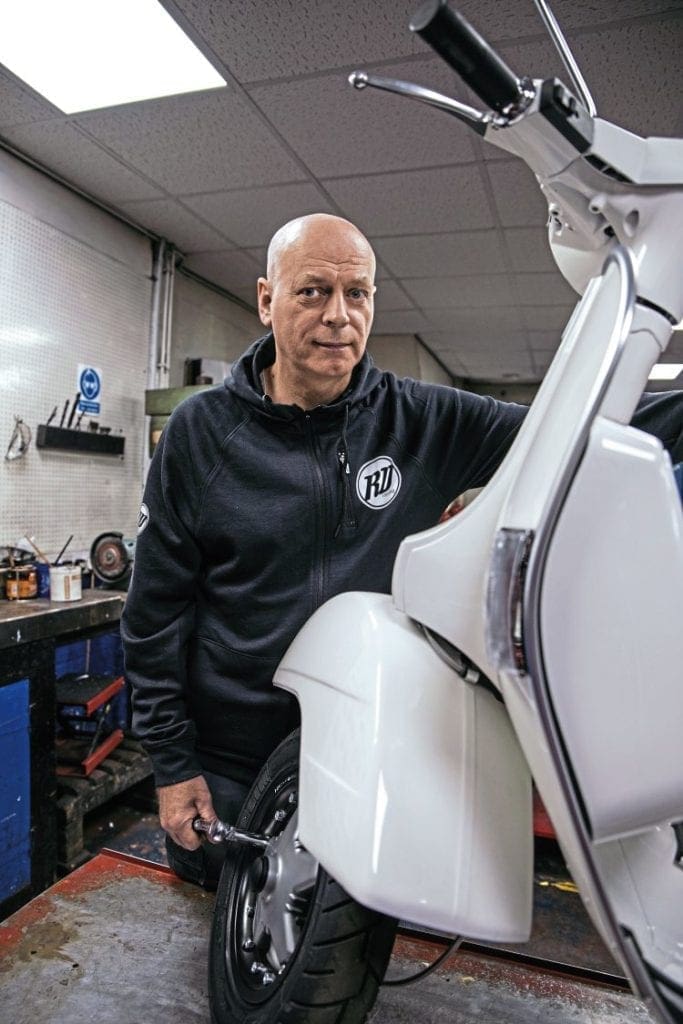
When’s a PX200E not a PX200E?
“Let’s get one thing out of the way,” began Martin Daley, creator of these Ron Daley Specials, “the frame came from Pontedera as a PX125 and that’s what it’ll always be. What we’ve done is mate a brand new frame with a new build engine that uses the best components we can lay our hands on. So far as I’m aware our 200s are the only option for riders wanting a factory fresh, fully warrantied PX200E specification scooter in the world today.” In many ways the origins of the frame are largely academic as purists will instantly note that the engine is based on a set of Pinasco casings. In Martin’s opinion, not only are these the best currently available they’re also the only realistic option for this type of project. “We’ve never stopped selling the PX200,” he explained “The number of our 200s out there is well into three figures and if you want one building there’s a waiting list.
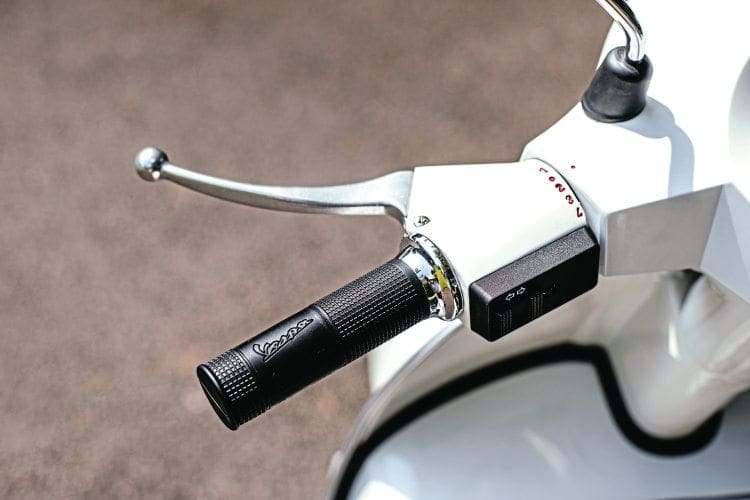
“When factory production ceased there were plenty of Piaggio built replacement engines available from stock. As these started to dry up in the UK we widened our search and bought them in from pretty much every market Vespa had ever supplied. Obviously that couldn’t last forever and when I priced up the cost of building a motor from scratch using all new components the cost was prohibitive. I thought that was the end of it but then realised many of the components such as clutch, gearbox, electrics and crank were common to both 125 and 200cc motors. By cross matching these components with those from specialist manufacturers it’s possible to build something at an affordable price.”

Any discussion about a Ron Daley Special, online or in the pub inevitably turns to the subject of cost and Martin is the first to agree that with a starting price of £5995 these aren’t inexpensive machines. “When people look at one of our specials, of whatever capacity, I don’t think they realise the amount of work that goes into them. ‘Expensive stickers’ is a common criticism but not one of our specials features anything other than airbrush work. In my opinion the paint on our high end specials is second to none. As for the engine this is a full strip and rebuild; every component is examined and anything even remotely suspect will be replaced. This includes items fitted by Piaggio which, putting it politely, perhaps weren’t always of the best quality.”
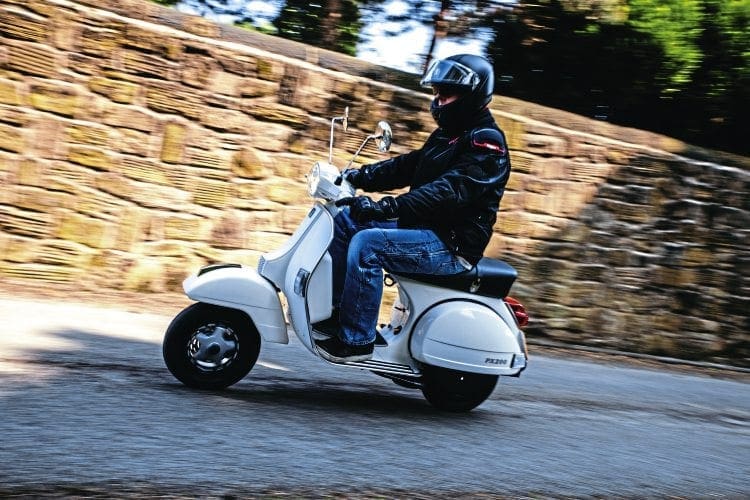
Control freak
A good example of this is the clutch, something on which Martin has become something of an expert. “There’s nothing inherently wrong with the PX’s clutch design,” he explained, “it’s just been poorly executed. Things start to go wrong at the headset. Later models were fitted with a barrel nipple that was too small and didn’t sit in the lever correctly, plus the factory cables are fractionally thicker than they need to be, so they bind against the outer. Simply replacing the inner with a pear nipple inner improves clutch responsiveness. The clutch basket isn’t well machined; later bell housings have reinforcing ‘ribs’ cast into them and when a slightly oversize clutch is activated there simply isn’t enough room for it to work.
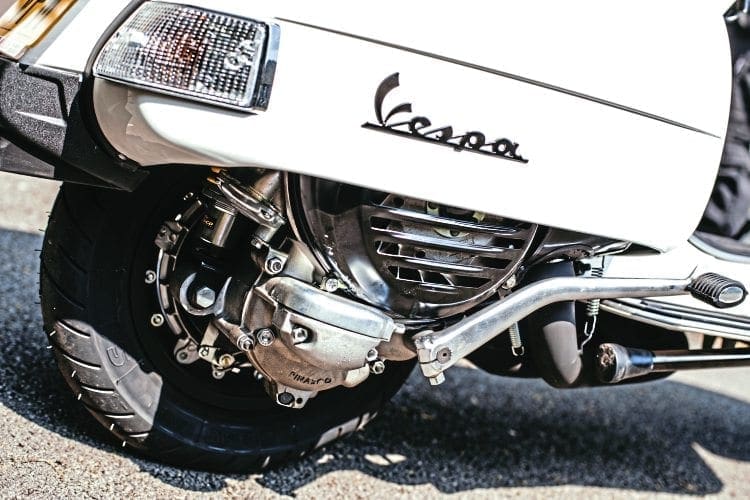
“This is why many PX clutches operate like an on/off switch. I’ve played with this for hours, moving clutches between scooters. A clutch that works badly on one engine will work fine in another. It’s a natural consequence of mass producing components that require tight tolerances. We’re not constrained by that thinking, every engine is built to the highest of standards.” To solve the clutch problem Martin uses SIP or Pinasco baskets: “Their standards of engineering are superb, we very rarely have any problems on first assembly.” Another aspect of preparation that goes unseen is getting the Pinasco casings ready for assembly. “As supplied, the casings are completely bare, pressing in all the bearings and engine mounts is a time consuming job, but one that needs to be done carefully. One mistake could ruin the casings or create a bearing that runs out of true.”

What price perfection?
So who buys them? In reply Martin uses a phrase that I’d never heard before. “I think our success is based on the fact that from day one we’ve always catered for the ‘indigenous scooterist’,” he says, “By that I mean the predominant UK enthusiast. Commuters are really important to us as a business but it’s the enthusiasts who return time and time again. In the 1950s it was the club scooterist, gymkhanas concours d’elegance and lots of self-maintenance. For the past few decades it’s been the ‘scooterboy’ (and scooter girl). They’ve spent lots of money keeping an old scooter on the road against all the odds and taken pride in that.
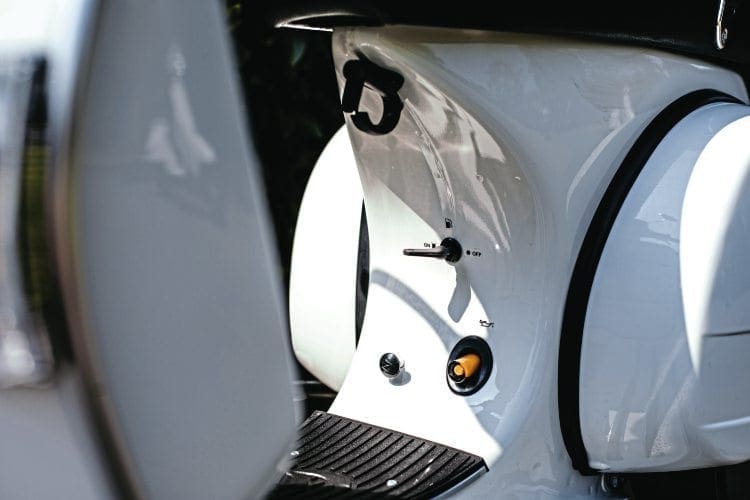
“They remain very important to us, particularly on the parts side but in recent years a new type of scooterist has emerged. They tend to be older, had a good career, and with kids off their hands have found themselves with some disposable income. That customer wants the best. It’s not unique to the Vespa world, it’s happening with all the way across the motoring sector. They demand good value, excellent service and above all reliability. When it goes wrong they expect it to be fixed quickly; I’m happy to say that of all the 200 engines I’ve built we only had one failure, a blown main bearing. That scooter was back on the road a few days after it arrived in the shop. Our specials aren’t aimed at the scooterist who likes to rebuild their machine every few years, they’re designed for the new breed of scooterist. The good news is that as they demand better reliability and better service it means every dealer has to raise their game and that’s to the benefit of scooterists everywhere.”

Time traveller
What can I say about the test ride? On one level it’s a PX and most of us know what one feels like to ride but on another it’s a trip back in time. There’s an unmistakable ‘new smell’ to a Vespa and it’s only a matter of a few yards before I recall what it felt like back in 1984. The controls are exact, its switchgear feels tight and the brakes, well, they actually work. This is their ‘entry level’ machine, brand new engine and improved suspension but otherwise as Piaggio intended. Options abound, from paint to performance mods, Martin will build a machine to a customer’s exact specification… but could I be one of them?
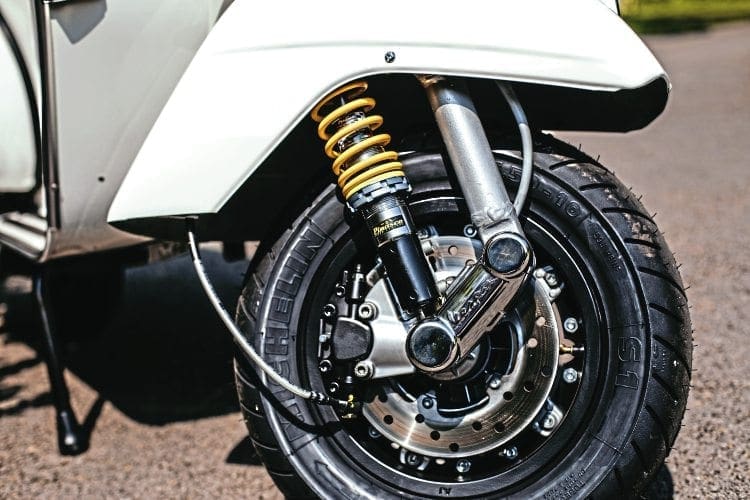
On a purely practical basis, yes. My P2 has been troublesome for some time, it needs an engine rebuild, the electrics are playing up, and its last respray wasn’t the best. Add up what that would cost me in time and money to put right, factor in a warranty, and suddenly it’s all very tempting. But common sense doesn’t apply to my P2. We’ve had too many adventures together for me to give up on her now, so I’ll keep throwing money away for the foreseeable future. That’s not to say I don’t see the attraction of a Daley P2, I really do. It brings that ‘new P2’ experience to another generation. It’s been 34 years since I last felt that particular thrill and it’s a priceless experience.

‘T’ TIME?
Not content with resurrecting one iconic Vespa, Martin’s working on a new build T5. Again this uses a set of new Pinasco casings and can be built to a customer’s specifications. Anyone with a genuine hankering to be riding one of these reborn classics next season should book their slot on Martin’s workbench at the first opportunity. They can only be delivered at the speed he builds them and as he’s not prepared to compromise on quality that means only a very limited number will become available.
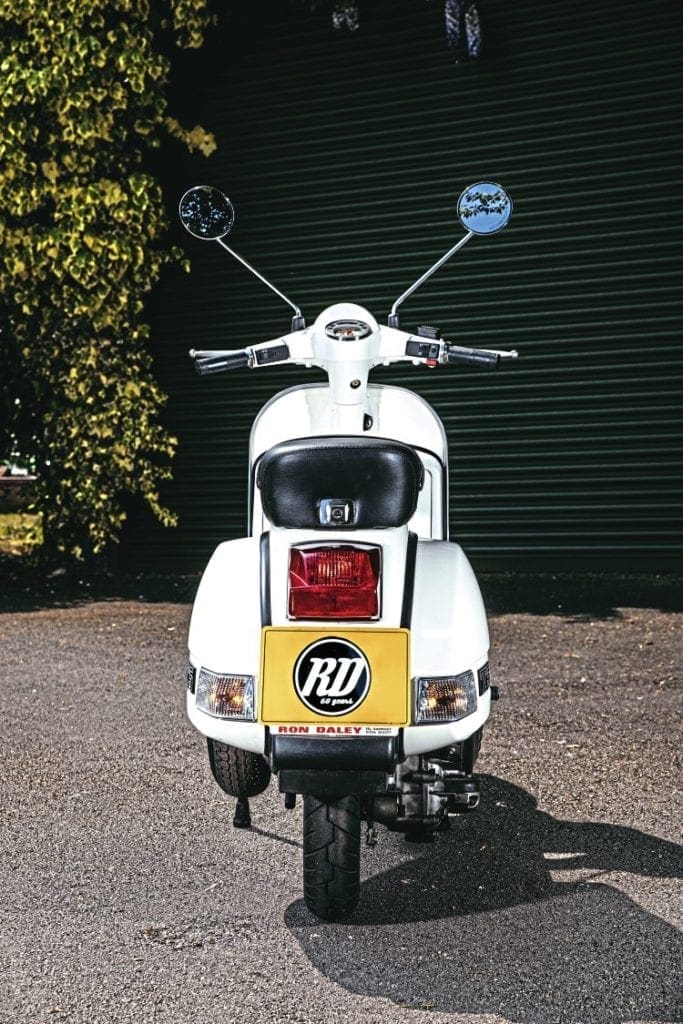
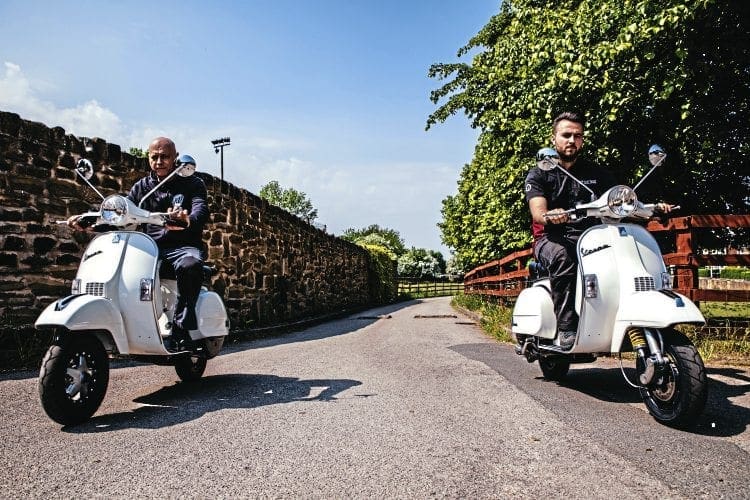
Words: Stan
Photographs: Gary Chapman



